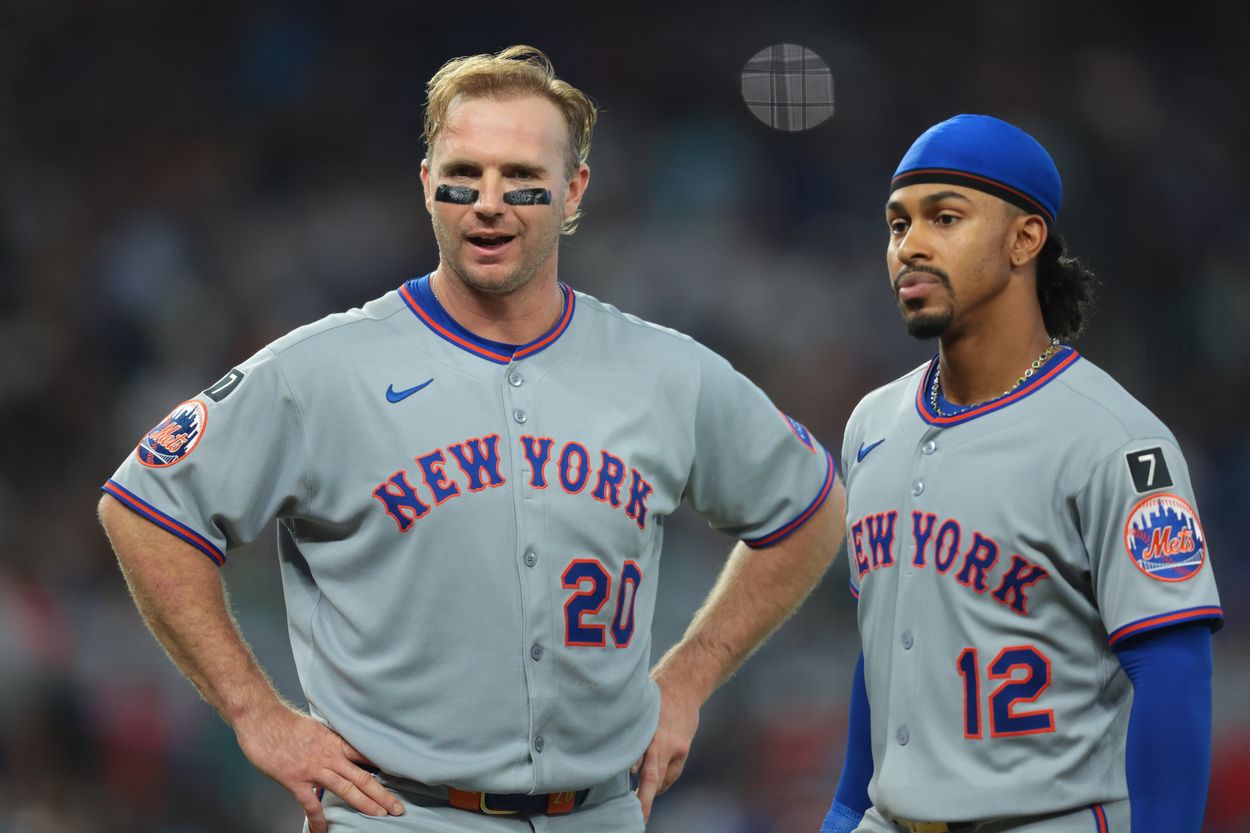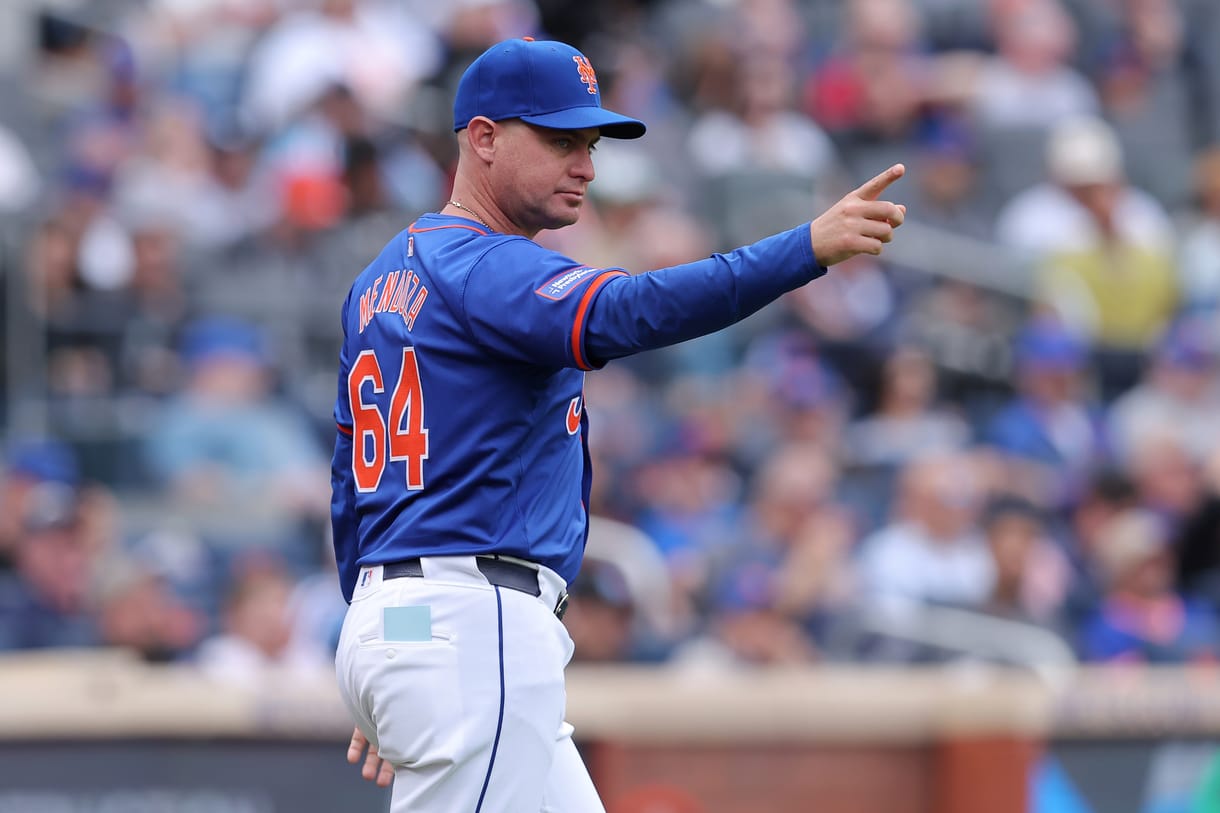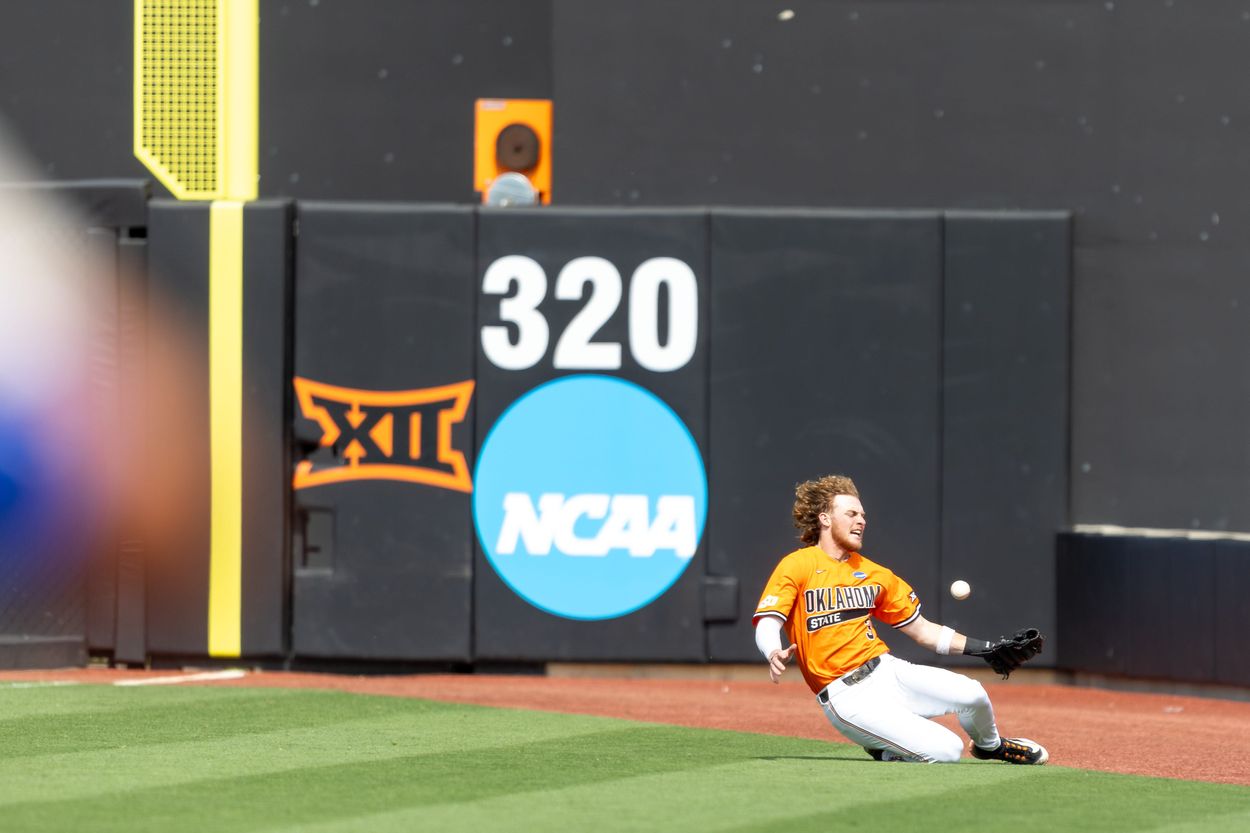
The 2025 New York Mets were supposed to be a juggernaut. By mid-June, they were 45–24—the best record in Major League Baseball—and the energy around Citi Field was electric. Then, almost overnight, it all unraveled. Injuries mounted, confidence waned, and the team that once looked unstoppable limped to an 83–79 finish, missing the postseason entirely.
What followed was not the chaos of a franchise in denial, but the quiet reckoning of one forced to look itself in the mirror. The Mets didn’t implode because they lacked talent; they simply ran out of gas, depth, and maybe a little luck. It’s the kind of late-season collapse that lingers, like the echo of a fastball that just missed the zone.
Mendoza Survives, But the Coaching Staff Doesn’t
Despite the bitter ending, manager Carlos Mendoza will return in 2026. That alone speaks volumes about how the front office views the season—not as a disaster, but as a detour. Still, six members of his coaching staff won’t be coming back, signaling that change is coming, just not from the top down.

This is a reset, not a rebuild. The Mets have too much invested, financially and emotionally, to blow everything up. The payroll remains among baseball’s highest, and the organization’s young talent—especially on the pitching side—finally began to break through.
The Young Arms Who Represent the Future
In the wreckage of a disappointing season, the Mets discovered something invaluable: their future rotation. Nolan McLean, Brandon Sproat, and Jonah Tong each flashed the kind of stuff that could anchor a staff for the next decade. They were not perfect, but their growth gave the front office hope—and restraint.
An American League executive recently told Joel Sherman of the New York Post: “I still expect the Mets to dominate the NL East for 10 years if they do not overreact [to how 2025 ended].”
That’s the key—don’t overreact. The Mets have been down this road before, throwing money at their problems only to create new ones. The challenge now is resisting the urge to make a splash for the sake of headlines.
The Smart Path Forward
Yes, the Mets need help. The rotation lacks proven depth behind Kodai Senga (who could be a trade candidate himself), Sean Manaea, Clay Holmes, David Peterson, and the young guns, and the bullpen could use a few power arms. Center field remains an open question, though prospect Carson Benge could change that narrative in spring training. The 22-year-old impressed in High-A and Double-A before hitting a wall in Triple-A, but his mix of speed and pop makes him an intriguing internal option.

Re-signing Pete Alonso should be near the top of the offseason to-do list. His power and presence in the clubhouse remain invaluable. Beyond Alonso, the Mets must sort out their crowded infield picture while holding firm on keeping untouchable pieces like Lindor, Soto, and their top pitching prospects.
There’s a temptation, as always in Queens, to swing for the fences—to chase the biggest free agents or trade away prospects for instant gratification. But that’s not how lasting contenders are built.
The Line Between Patience and Progress
There’s a fine line between standing pat and standing still, and the Mets need to find it. Some smart spending—a top-tier starter, a reliable bullpen anchor, a potential upgrade in center—could make all the difference. But the essence of this team should remain intact.
Francisco Lindor’s leadership, Juan Soto’s offensive brilliance, and the promise of Tong, Sproat, and McLean form the kind of foundation that most teams would envy. To tear it down now would be like trading away a winning hand before the river card is even dealt.
The Mets don’t need a revolution. They need refinement. If they trust their core and make the right moves around the edges, October baseball will return to Citi Field sooner than later—and this time, it might stay for a while.
